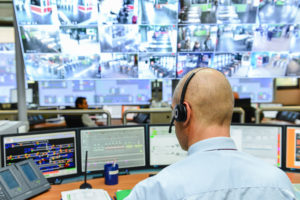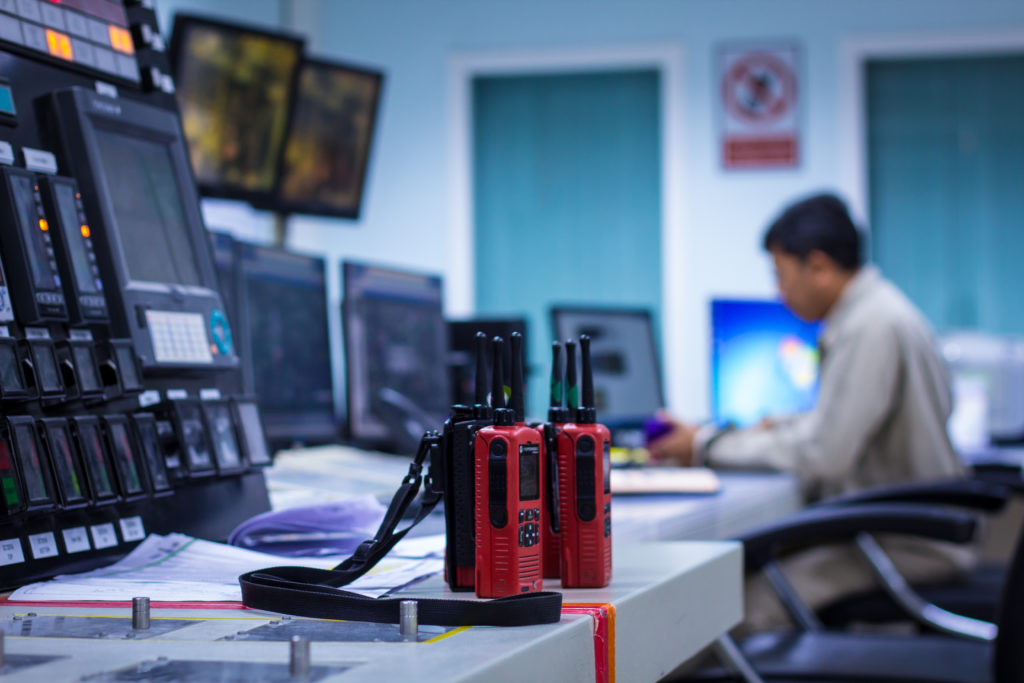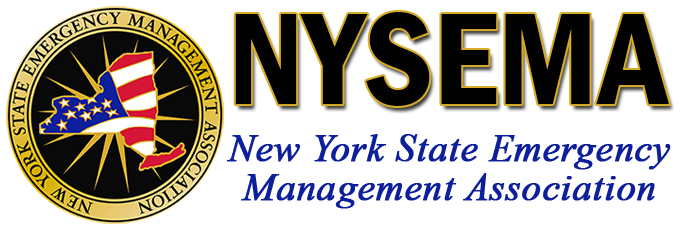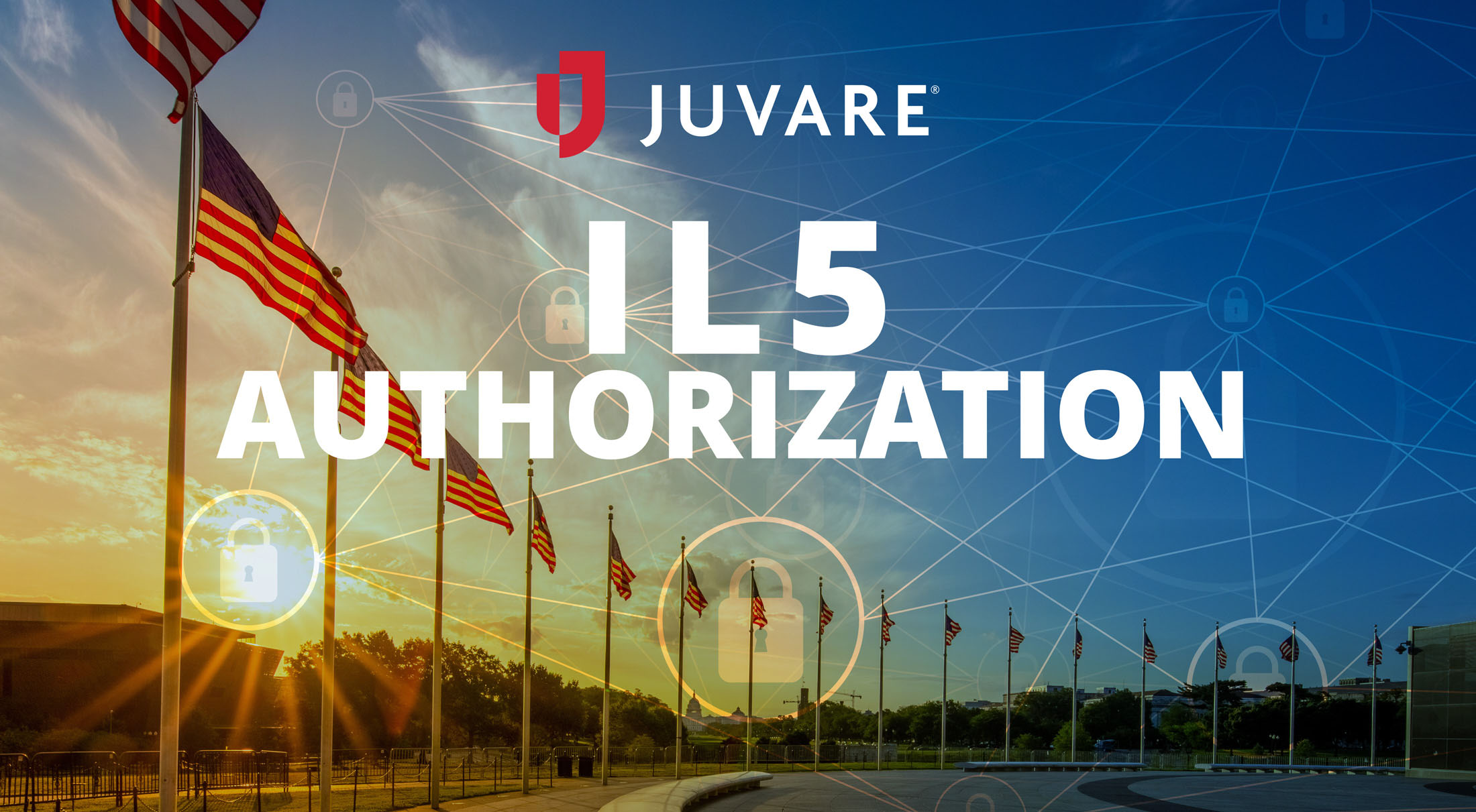Emergencies are disruptive by nature. They ignite uncertainty, spread confusion, spike stress, and can call for fast and intense responses. In these instances of disarray, everyone needs to remain as focused and calm as possible to provide the direction or leadership required to overcome obstacles. The critical skill set here is emergency communication.
Quick, concise, and consistent communication is vital to managing an emergency response during a disaster. Whatever role you play in your organization – whether leading or supporting efforts – effective communication demands messages to be simple, consistent, and include updates regularly and frequently. Without proper communication, there is a chance to misinform and misdirect, creating problems in your response efforts, and potentially resulting in dire consequences. The emergency could be local, regional, or national, but strong emergency communications are always needed.
Fortunately, everyone in critical event management can benefit from a few emergency communications tips to convey information, orders, and directions efficiently.

1. Craft a Clear Message
A disaster isn’t the time to be vague, longwinded, or impress with a colorful vocabulary. This is a time to provide information in the simplest terms and with specificity so everyone — from a child to a nuclear physicist — understands what is happening and how to follow the instructions they’ve been given.
Messages should be simplified and focus on outlining the situation, summarizing essential background details, and highlighting the actions needed.
Also, make sure descriptions are as specific and unchanging as possible. Use the names of commonly known places, people, personnel, and things to avoid confusion. Ensure everyone receives a uniform message to prevent potential misunderstandings and misinterpretations.
2. Be Consistent
Consistency is an equally important factor for effective communications. Consistency in messaging helps ensure everyone shares the same perspectives and objectives. At times, there might be multiple authorities sharing information and these details should mirror each other across communications. When information is delivered, it should have one consistent voice.
During emergencies, it’s easy to miscommunicate and misunderstand, so ensuring one streamlined message through all authorities, stakeholders, and media platforms helps decrease these problems. Repetitive messaging can reinforce previous messages so there is a decreased potential for confusion. Often, this repetition is helpful for people who were unable to retrieve or process initial messages.
3. Be Timely
Critical incident management is tough, and in any emergency, rapid response requirements increase this difficulty. When there are prolonged delays in messages and updates it opens the door to incorrect assumptions and uninformed decision making. Every emergency is unique, making it crucial for emergency managers, leaders, and other key support staff to have a strong sense of communication timing.
Even if the messaging is repetitive, frequent messages are important for reassurance and to set expectations for when new information and updates will emerge. There may be no new information to report, but that message in itself can be helpful, as it shows a reassuring pattern of updates detailing the latest developments.
While it’s important to share information as quickly as possible, it’s also important to remember it’s alright to take a few seconds to review messages properly, for accuracy and clarity.
As noted, timely messaging should be applied across all communication methods. Whether text, phone, email, push notifications, or other channels, it’s important to have a defined cadence for each medium. The right messaging at the right time can make all the difference.
4. Engage and Monitor Social Media
Today, social media has grown into a primary information source for residents worldwide. User statistics show that in 2020 Facebook had nearly 2.8 billion active users, YouTube 2.3 billion, WhatsApp 2 billion, and Instagram 1.2 billion. With those numbers, it would be unwise to overlook social media in emergency communications.
Proper use of social media requires more than mere posts and shares. Posting alerts, updates, and other information is useful; however, taking an active role in social media also means monitoring community feeds, pages, and other influential accounts.
A study by the U.S. Department of Homeland Security (DHS) found that social media offered two major benefits for modern emergency response communications. Community engagement enabled agencies to bolster disaster preparedness, while emergency intelligence gathering helped agencies to “gather, analyze, and act on real-time emergency information provided directly by social media users within the community.” What’s more, having an active presence on social media helps responders to locate and debunk misinformation.
5. Choose Your Channels
In addition to social media, knowing how to leverage all available communication channels is a key element to be effective. Here is a quick look at each.

Wireless alerts: Wireless emergency alerts are short messages that usually take the form of loud, audible alarms with immediate, life-saving information. Because they are a bit intrusive, wireless alerts should only be used for critical messages such as Amber Alerts, evacuations, and warnings to take shelter.
Mobile and landline phone calls: Phone calls and recorded emergency voice messages are less invasive and usually geared toward important and actionable warnings. However, while this is a trusted form of communication, it’s important to moderate the frequency of these calls.
Text messages: With text messages, or Short Messaging Service (SMS), the message importance can range from low to high. As with all communication channels, it’s especially important that messages are short, concise and that recipients know exactly what type of notifications to expect.
Social Media: As said above, this is a great outlet to engage with the community and to gather helpful intelligence for emergency responders.
(Social Media Best Practices for Emergency Management during COVID-19)
Email: Email is an old but hardly obsolete method to inform the community. The messaging in emails can range from high to low importance and is a good way to provide longer messaging that elaborates on emergency information.
Centralized crisis/emergency management platform: With so much information flowing during an emergency, it’s critical to have a platform that delivers a real-time Common Operational Picture (COP) so that leaders can make decisions based on the most up-to-date information available.
Public website: A website acts as a hub for all emergency communications. Social media, emails, texts, and wireless alerts should include a link back to the site for comprehensive resources and regular updates.
6. Harness Modern Communications
Beyond fundamentals, today there are opportunities to enhance the reach and impact of emergency communications through digital networks and platforms.
Crisis and emergency management platforms and networks centralize communication efforts, share sensitive data securely, and can provide dashboards with advanced analytics for immediate insights into real-time data. Modern networks enable greater awareness of available resources, accelerates mutual aid efforts, and can even handle requests from one organization to another. Centralized data enables quicker decision making, and in turn, can help in life-saving communications.
WebEOC can provide the common operational picture emergency preparedness and response professionals need and when combined with Juvare Exchange – a real-time, collaborative, critical incident management network – response teams can be more connected across public agencies, private sector enterprises, and the healthcare sector than ever before during a crisis.


















